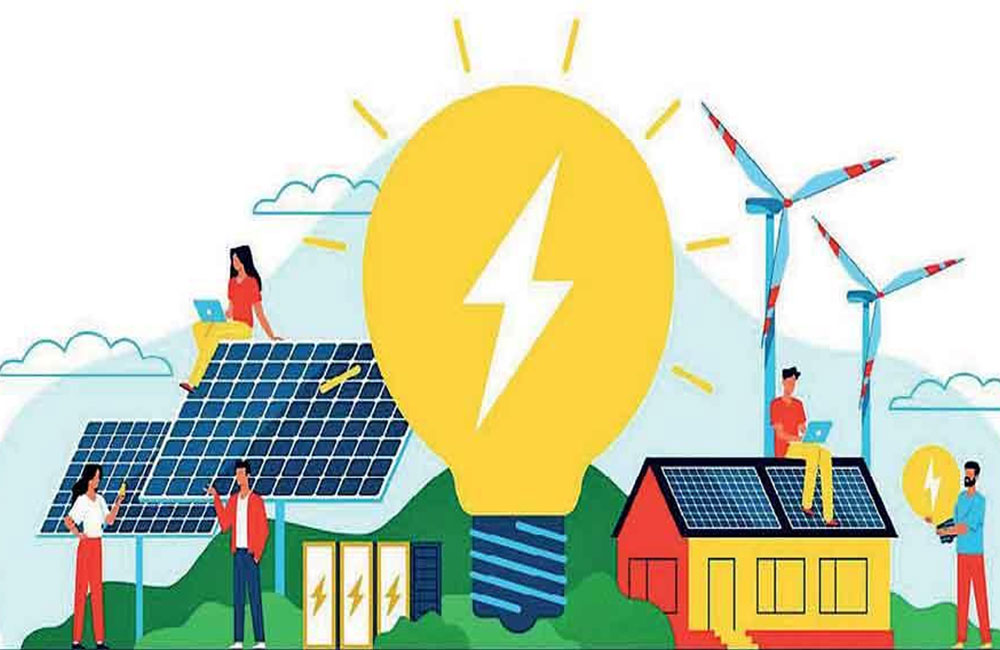Sri Lanka’s power sector is inching toward digital transformation, but progress remains slow and uneven, constrained by funding shortages, weak coordination, and the absence of a comprehensive national roadmap. The Institute of Policy Studies (IPS), in its State of the Economy 2025 report, reveals that while the National Energy Policy (NEP) 2019 laid out a vision for a digital energy ecosystem, its implementation has been fragmented amid the country’s recent economic turmoil.
According to IPS, the multiple crises that followed 2019 from import restrictions to foreign exchange shortages — severely disrupted the energy sector’s modernization efforts. Despite this, a few pilot projects and international partnerships have pushed the sector toward limited digital adoption.
One of the most notable developments is the $200 million Asian Development Bank (ADB) loan aimed at strengthening the national grid and introducing battery storage and smart-grid technologies. This initiative includes a smart-grid pilot project at the University of Moratuwa, which is enhancing local research capacity and building a skilled workforce for future grid management.
The Sri Lanka Sustainable Energy Authority (SLSEA), Ceylon Electricity Board (CEB), and Lanka Electricity Company (LECO) are also advancing renewable-energy digitalization through pilot projects. Feasibility studies are underway for establishing renewable energy control centres capable of monitoring power generation in real time through digital platforms. “The digital monitoring system will be extended to wind power plants with ADB assistance,” the IPS report states.
LECO has been at the forefront of operational digitalization. It has introduced an Enterprise Resource Planning (ERP) system and over 5,600 smart metering pilot projects. Out of approximately 38,000 consumer accounts, about 25% now use smart meters, enabling remote billing and consumption tracking. In addition, LECO has installed weather-monitoring stations at major transformers to facilitate predictive maintenance and quicker fault detection within 10–15 kilometres.
Meanwhile, the CEB, which serves 7.2 million customers, has developed its own customer service platforms. The CEB Care app and SMS service allow consumers to access billing data, report outages, and manage accounts through GPS and GIS-integrated tools. Similarly, LECO’s MyLECO app provides real-time usage data, multi-language support, and customer alerts. Both apps were locally developed and have been integrated to enhance consumer engagement.
The IPS identifies these digital efforts as the foundation for a broader energy transformation. However, it warns that targets under the 2020–2024 energy policy remain only partially achieved. Resource limitations, lack of data governance, and poor coordination have prevented Sri Lanka from realizing the full potential of digitalisation.
Although LECO is developing GIS-based automation and renewable forecasting tools, and the CEB is digitizing its operations, many structural gaps persist. Proposed data-governance policies and mandatory building-management systems under the Urban Development Authority (UDA) have yet to be implemented.
The IPS stresses that a national digitalisation framework is crucial for sustained progress. “Implementing data-governance systems, enforcing building-management regulations, and executing a full digital transformation plan for the energy value chain are prerequisites for long-term success,” it concludes

Leave your comments
Login to post a comment
Post comment as a guest